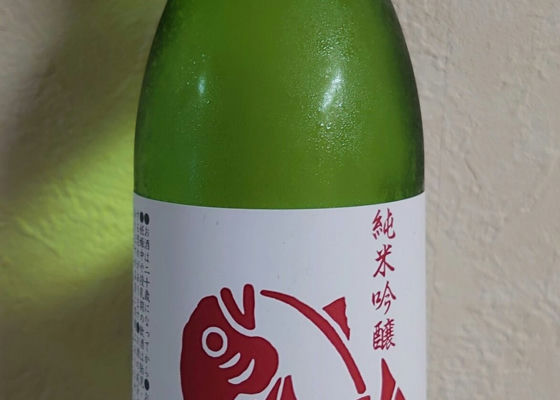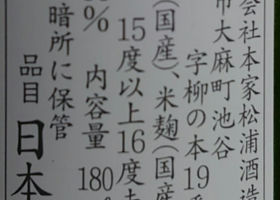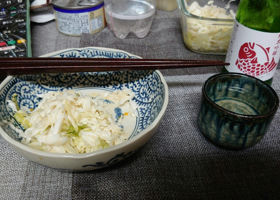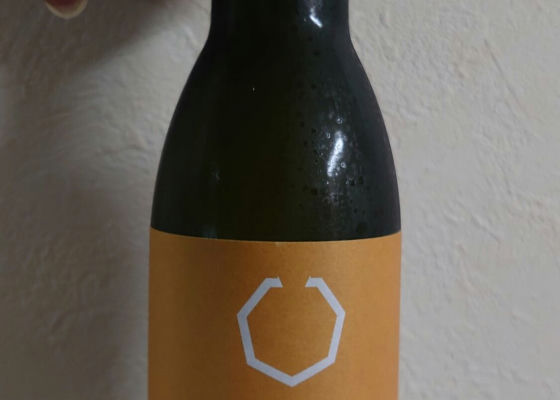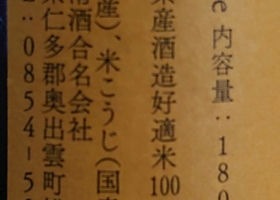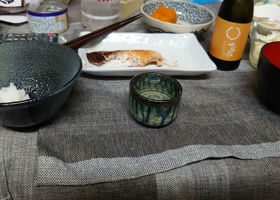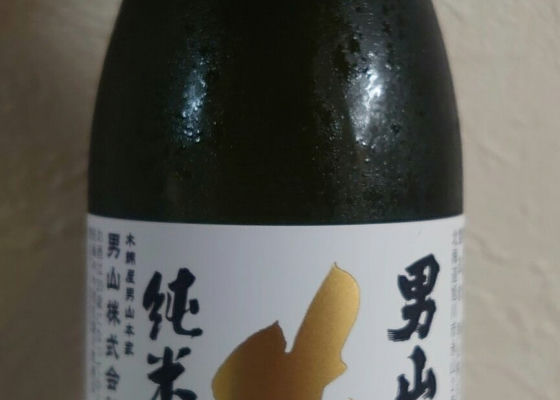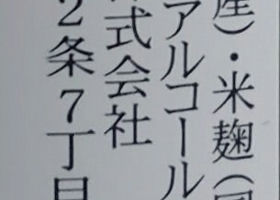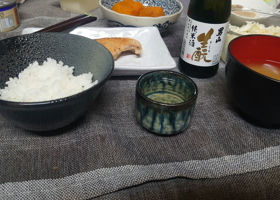Timeline
山廃純米The third and final bottle was Naruto sea bream from Tokushima, known for its Awaodori dance. Unlike the second bottle, this one is close to the first bottle, Otokoyama, with sweetness and umami at the forefront. And here are the specs
Rice used = Tokushima rice
Polishing ratio = 50% (from the bottle label)
Sake meter = +2
Acidity = 1.6
Amino acidity = 1.5
Yeast used = Kyokai 1401
We would like to match it with sea bream dishes, in honor of the Naruto sea bream on the label. The third and last bottle was also delicious. _.) _(..._...) 山廃純米The Arc de Triomphe is coming soon, so the second bottle is one that has a strong connection with Symbol Rudolph. In addition to the sweetness and umami of the rice, it has a slightly stronger bitterness than Otokoyama. The specs are
Rice used: Gohyakumangoku and modified Omachi (produced in Shimane Prefecture)
Polishing ratio = 50-50
Sake degree = +4
Acidity = 1.5
Yeast used = Kyokai No. 901 (awa-less)
Personally, I think this bottle would be a good pairing with slightly stronger flavored snacks. So, my first Shimane sake, delicious _(. _.) _(. _.) 山廃純米This is the first sake from Hokkaido, the land of the north. The sweetness and umami of the rice is tightly balanced by the dry flavor, making it a sake that I personally never get tired of drinking. The specs are as follows
Rice used: Hokkaido Ginga
Polishing ratio = 60% (for both rice and rice malt)
Sake degree = +1
Acidity = 1.6
(From Tomozoe's website)
According to the website, a 300ml bottle is called a "Gosun-bottle". This bottle is suitable for both as a food sake and as a stand-alone sake, and I personally think that I may buy it again. A great sake from the northern lands, delicious! _.) _(..._...) RecommendedContentsSectionView.title
